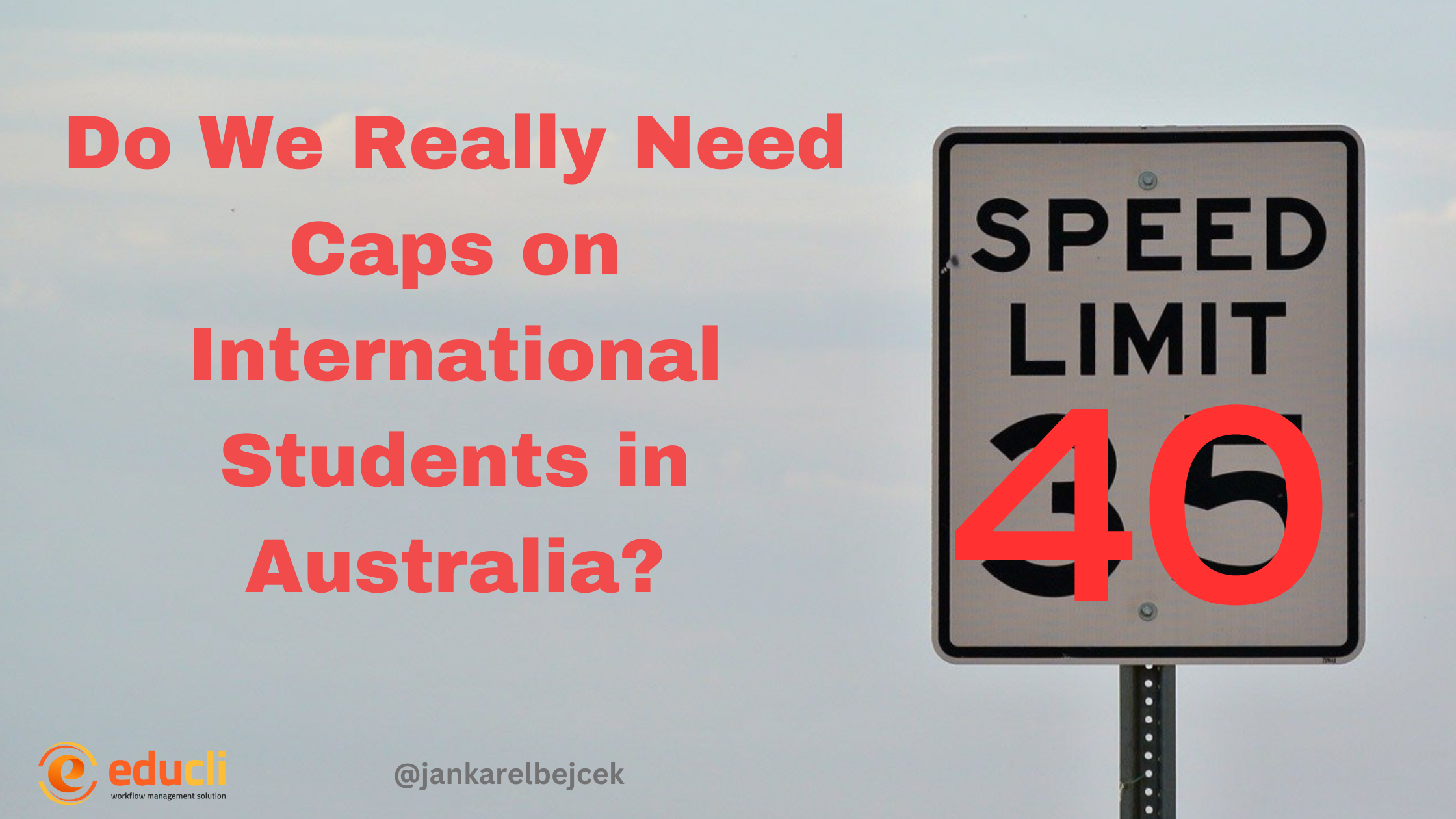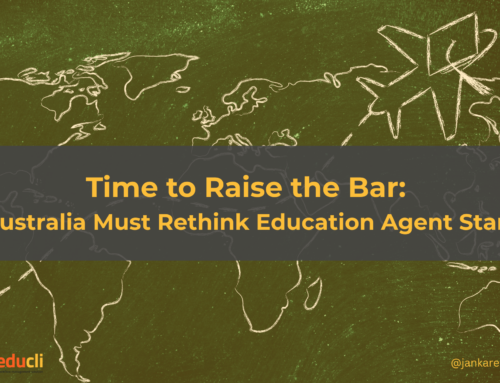Do We Really Need Caps on International Students in Australia?
Australia has undergone nine significant changes to its student migration rules over the past year. Now, as the Senate prepares to review a controversial piece of legislation aimed at capping international student numbers from next year, the question arises: Is this cap truly necessary?
The Financial and Economic Impact
Research commissioned by universities suggests that capping international student numbers could result in a substantial loss of revenue and jobs, with broader implications for the Australian economy.
One of the main concerns is that these caps would complicate the effects of recent migration policy changes that are already curbing the arrival of international students. Rather than introducing caps, it would be wiser to first assess whether these changes are sufficient to bring student numbers back to the desired levels.
A Quick Look Back: International Students in Australia
Until the end of 2023, the Albanese government actively supported the return of international students to Australia. During 2022 and 2023, efforts were made to clear a backlog of student visa applications, and international graduates were granted an additional two years of stay in Australia if they held certain qualifications. These measures successfully revitalised the international education sector following the pandemic downturn. By May 2024, the population of student visa holders, including their partners and children, had reached 674,000, surpassing pre-COVID levels by 58,000. The combined total of students and temporary graduate visa holders stood at 887,000.
However, as international education recovered, Australia ran into issues like rising rents and limited accommodation availability, prompting the government to find a scapegoat and decide to slow down the influx of students. This led to a series of migration policy changes, culminating in the announcement of student caps just before the May budget, aimed at reversing the growth in student numbers.
The Proposed Cap on International Students
If the proposed legislation passes, the Education Minister will have the authority to cap international student numbers by education provider, campus location, and course starting from 1 January 2025. Initially, the caps would apply to new international students, with ongoing students included in the following years.
The legislation would affect all education providers offering over 25,000 courses across 3,900 locations, including schools, English language colleges, vocational education providers, universities, and non-university higher education providers. Currently, there are no plans to cap students in schools or research degree programs. Instead, the focus will be on non-school education providers in Sydney, Melbourne, and Brisbane, the most popular cities for international students.
Unfortunately, it is still not clear what the caps numbers will be. And as per the Education Minister – they will let us know.. soon..
The Arguments Against Caps
The government hopes that by capping specific courses, it can redirect international students from popular fields like business degrees to areas that align with Australia’s skills needs, such as health and education. However, this approach is flawed for several reasons.
Firstly, students should have the freedom to choose their courses and education providers. Additionally, the rationale of meeting Australia’s skills needs is questionable, given that fewer than 20% of international students ultimately become permanent residents.
Moreover, the education and migration systems are not equipped to implement a capping regime in just six months. Several government agencies, including the vocational and higher education regulators and the Department of Home Affairs, have expressed concerns in Senate inquiry submissions, stating they lack the capacity to enforce the caps with their current resources.
The Nine Recent Changes to Student Migration Rules
The proposed cap would further complicate an already complex student migration system. Since 2023, the Australian government has introduced nine major changes to migration policies affecting current and prospective international students, with a tenth change expected later in 2024. Many of these changes have reasonable goals, such as requiring higher levels of English proficiency and greater financial savings to obtain a visa, and blocking “non-genuine” students who come to Australia to work rather than study.
However, other changes, like doubling the visa application fee to A$1,600, are likely to divert student demand to other countries. Additionally, former students now have less time to stay in Australia, with the government ending temporary graduate visas for graduates over 35 and reversing the earlier two-year extension of this visa.
What’s next for the industry?
Some of these migration changes revealed that these policies have already significantly impacted vocational education providers. By early 2024, monthly visa grants had fallen to their lowest levels since 2005, apart from the two years of COVID border closures.
Politicians often wait until there is a noticeable decline in government tax revenue before they seriously consider implementing constructive solutions. In the meantime, decision-making tends to be driven by populism and the desire to appeal to voters rather than by long-term strategies. This approach leaves the industry vulnerable and anxious to short-sighted policies that prioritise immediate poll results over sustainable progress. However, there might be underlying factors at play that we are not fully aware of yet, which could explain this tendency to delay meaningful action.





Leave A Comment